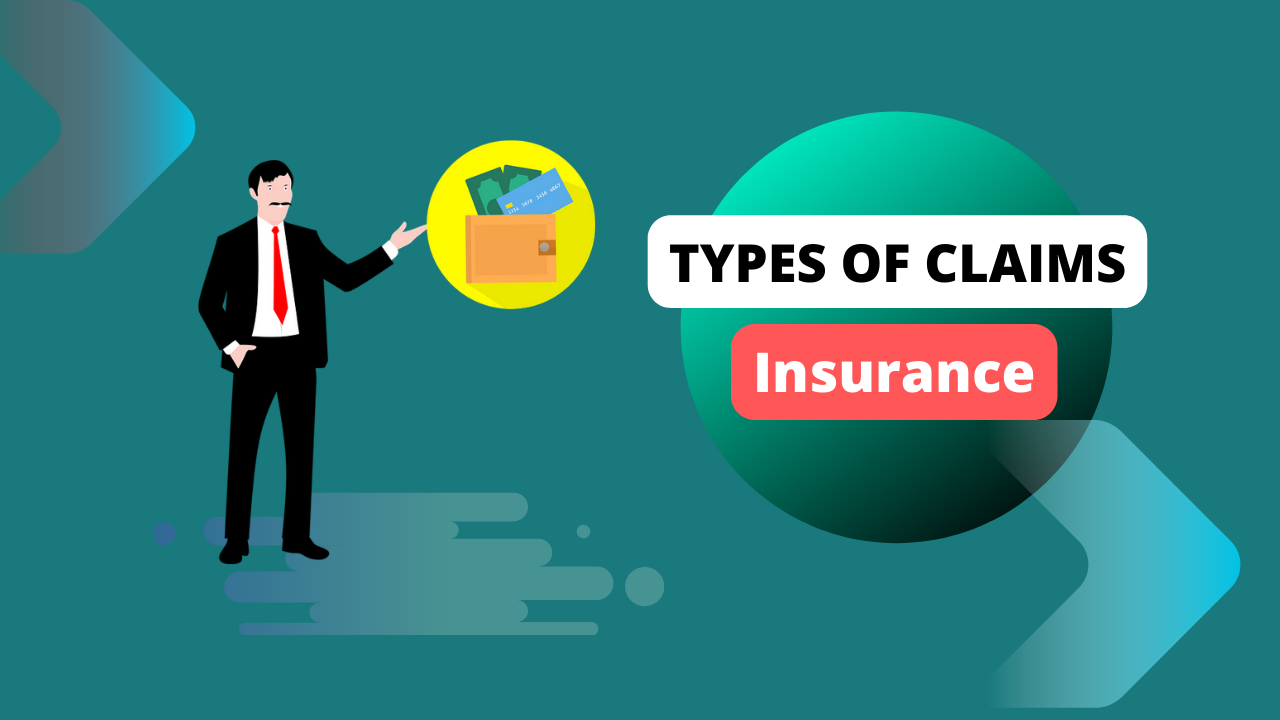The insurance claim process is a crucial aspect of having insurance coverage. When you experience an event or loss that is covered by your insurance policy, following these steps can help you navigate the process smoothly:
1. Report the Incident
The first and most critical step is to promptly report the incident to your insurance company. Contact your insurer as soon as possible, ideally within 24 to 48 hours of the event. Be prepared to provide the following information:
insurer as soon as possible, ideally within 24 to 48 hours of the event. Be prepared to provide the following information:
- Your policy number.
- Date, time, and location of the incident.
- A description of what happened.
- Any police reports, if applicable.
- Details of other parties involved, including names, contact information, and insurance information.
2. Claim Assignment
After you report the incident, the insurance company will assign a claims adjuster to your case. The adjuster’s role is to investigate the claim, assess damages, and determine coverage.
3. Claims Investigation
The claims adjuster will initiate an investigation into the incident. This may involve:
- Reviewing any documentation you provided.
- Inspecting the damaged property or vehicle.
- Interviewing witnesses, if applicable.
- Analyzing police reports and other relevant documents.
4. Determination of Coverage
The adjuster will assess whether the incident is covered by your insurance policy. Insurance policies have specific terms, conditions, and exclusions that define what is eligible for coverage.
5. Assessment of Damages
If the incident is covered, the adjuster will estimate the extent of the damages. For property insurance claims, this may involve obtaining repair estimates or appraisals. In the case of injury claims, medical records and bills may be reviewed.
6. Settlement Offer
Once the adjuster has gathered all necessary information, they will make a settlement offer. This offer outlines the amount the insurance company is willing to pay to settle the claim. You have the option to accept the offer or negotiate for a more equitable settlement if you believe it does not fully cover your losses.
7. Approval and Payment
If you accept the settlement offer, the insurance company will typically issue payment promptly. The method of payment can vary, but it’s often a check or electronic transfer.
8. Recovery and Repairs
For claims involving property damage or vehicle accidents, you can use the settlement to repair or replace the damaged items. The insurance company may have specific guidelines for using the funds.
9. Medical Care
In the case of health insurance claims, the insurer may directly pay medical providers or reimburse you for covered medical expenses.
10. Claim Closure
Once all payments have been made, and any repairs or medical treatments are completed, the claim is considered closed. The insurance company will provide you with documentation to confirm the closure of the claim.
11. Appeal Process
If you are dissatisfied with the settlement offer or the handling of your claim, most insurance companies have an appeal process. You can escalate your concerns to a higher authority within the company for review.
12. Legal Action (if necessary)
In some cases, disputes may arise between the policyholder and the insurance company. If a resolution cannot be reached through negotiation or the appeal process, legal action may be necessary.
It’s essential to maintain open communication with your insurance company throughout the claim process. Be thorough in documenting the incident, keep records of all communications, and review your policy to understand your coverage fully. Adhering to these steps can help ensure a smoother and more successful insurance claim experience.

